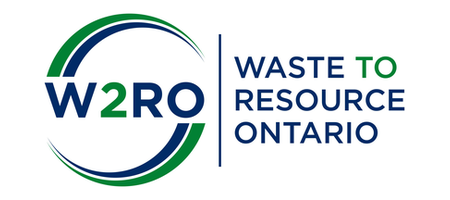
For more information visit our Excess Soils page.
On December 4, 2019, the Minister of the Environment, Conservation and Parks announced that the government is moving forward with finalizing the excess soil management regulations under the Environmental Protection Act.
The approved Regulation, O. Reg. 406/19: ON-SITE AND EXCESS SOIL MANAGEMENT, filed December 4, 2019 under Environmental Protection Act, R.S.O. 1990, c. E.19, can be found here: https://www.ontario.ca/laws/regulation/r19406
OWMA’s comments submitted during the consultation period can be found here: https://ero.ontario.ca/comment/32410
The regulatory changes will do the following:
Reuse of soil: The On-Site and Excess Soil Management Regulation will clarify requirements for the reuse and management of excess soil, including risk-based standards for safe reuse. The regulation also clarifies when the waste designation applies to the movement and disposal of excess soil and replaces or simplifies waste-related approvals with regulatory rules for low risk soil management activities. These provisions will come into effect on July 1, 2020.
Excess Soil Planning Actions: Subject to exceptions, project leaders of certain projects generating or receiving excess soil will be required, starting January 1, 2022, to conduct excess soil management actions before any excess soil leaves the project area, including in some cases characterizing the soil to determine the concentrations of contaminants in the soil. It would also include identifying appropriate reuse sites and tracking excess soil movements. Key information would be required to be registered on a public registry.
Landfilling of excess soil: The On-site and Excess Soil Management Regulation will restrict the deposit of clean soil at landfill sites, unless the soil is needed for cover or functions beneficial to the functioning of the landfill. This requirement will come into effect on January 1, 2025.
Brownfields redevelopment: Brownfield properties are vacant or underutilized lands previously used for industrial or commercial activities and that typically require the filing of a record of site condition before being redeveloped. The amendments to O. Reg. 153/04 include reduced requirements associated with filing a Record of Site Condition. This includes a reduced need to fully delineate contaminants for properties going through the Risk Assessment process, flexibility on meeting standards in specific circumstances, and removing the requirement for a Record of Site Condition for specific low risk redevelopment situations. These changes came into effect immediately.
